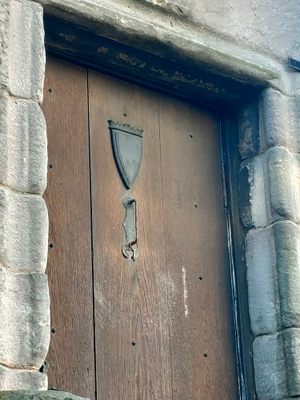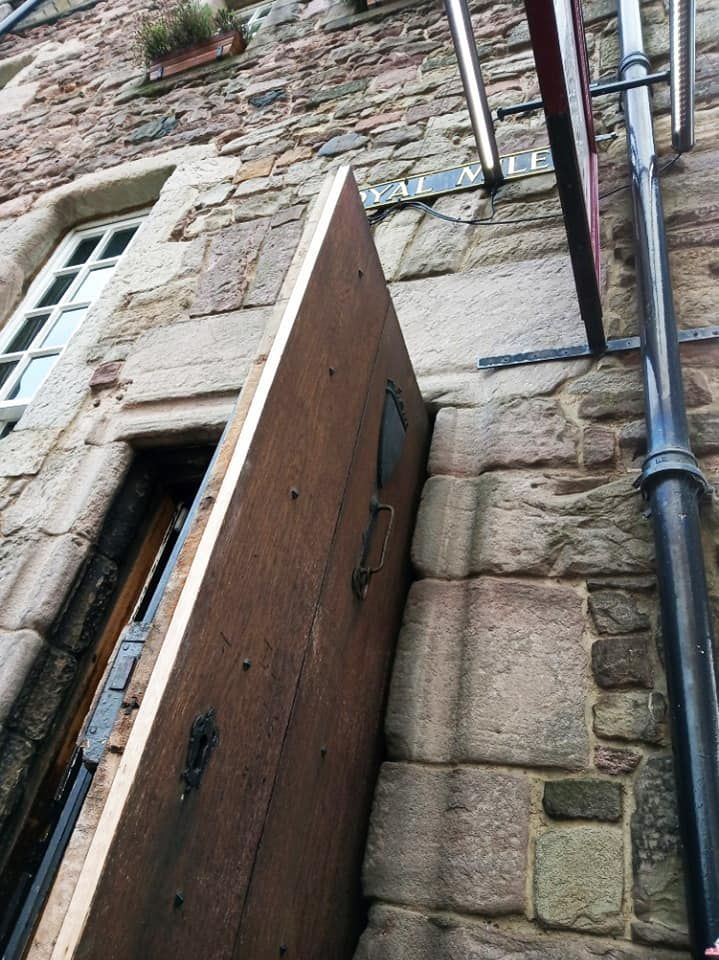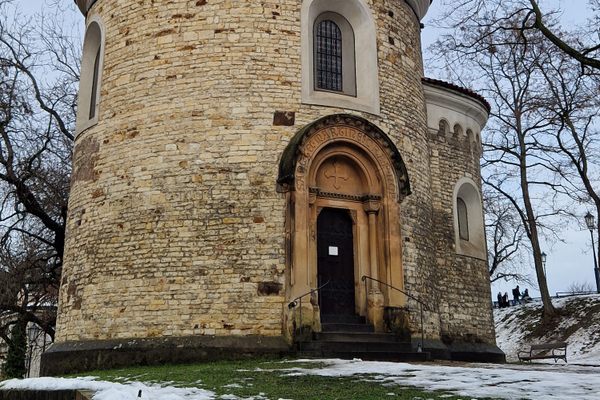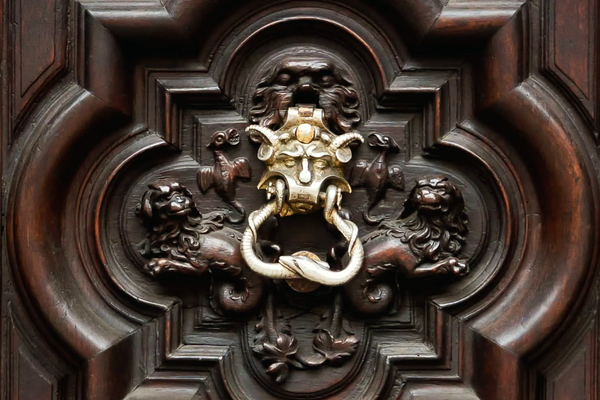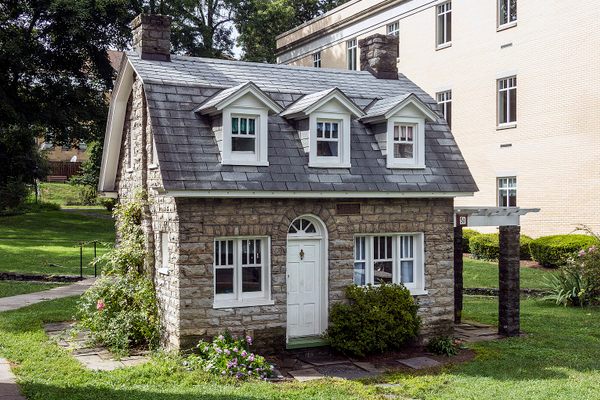About
The Old and New Town districts of Edinburgh are listed as UNESCO World Heritage Sites. As of 2020, they are two of 27 cultural areas in Great Britain to be given this honor. The city was bestowed with this significant distinction in 1995. It's not surprising that millions of visitors flock here every year to wander the cobblestone streets of Scotland's capital.
Visitors are treated to many sights as they wander this living museum of a metropolis. From the medieval structures of the Old Town, to the Georgian buildings in New Town, one of the world's first sites of city planning.
Located on a wooden door of what is now an Italian restaurant adjacent to the Castle Esplanade is an innocuous-looking object. This metal contraption is what is referred to as an ironmongery, a pre-Georgian latch similar to a door knocker. This actually happens to be a rare surviving example of a tirling pin.
A traveler would move the ring up and down, causing a rattling sound to announce their arrival. This type of mechanism is one that the Scottish poet, William Miller, would have encountered when he wrote his famous Nursery Rhyme, Wee Willie Winkie:
Wee Willie Winkie rins through the toon,
Up stairs an' doon stairs in his nicht-gown,
Tirlin' at the window, crying at the lock,
are the weans in their bed, for it's now ten o'clock?
Related Tags
Know Before You Go
The door knocker is attached to the Cannonball Restaurant, which is the first building to the left when facing the castle. As this is an entrance, the door may be propped open, therefore viewing it from the side is an option. Otherwise, it's visible and accessible at all times.
Flavors of Scotland: Beyond the Haggis
Smoked seafood, single malt whisky, and warm hospitality.
Book NowPublished
November 3, 2020




